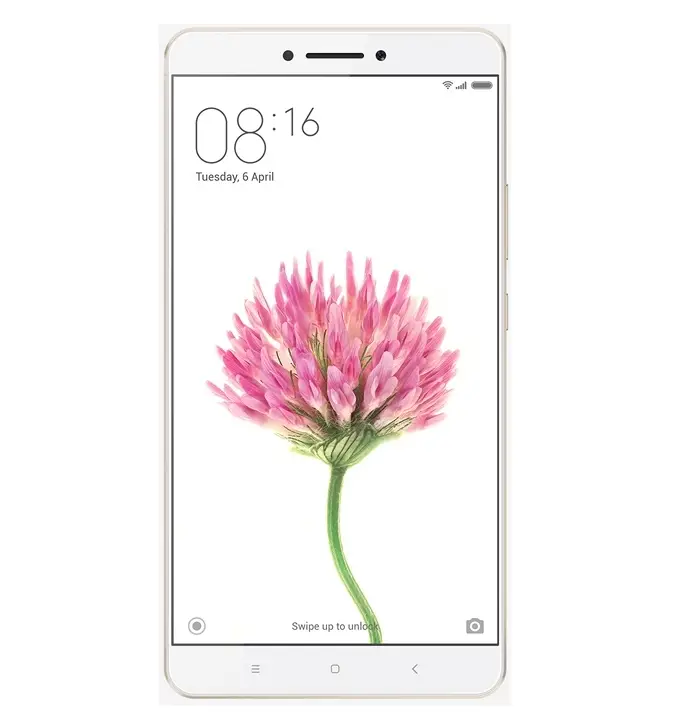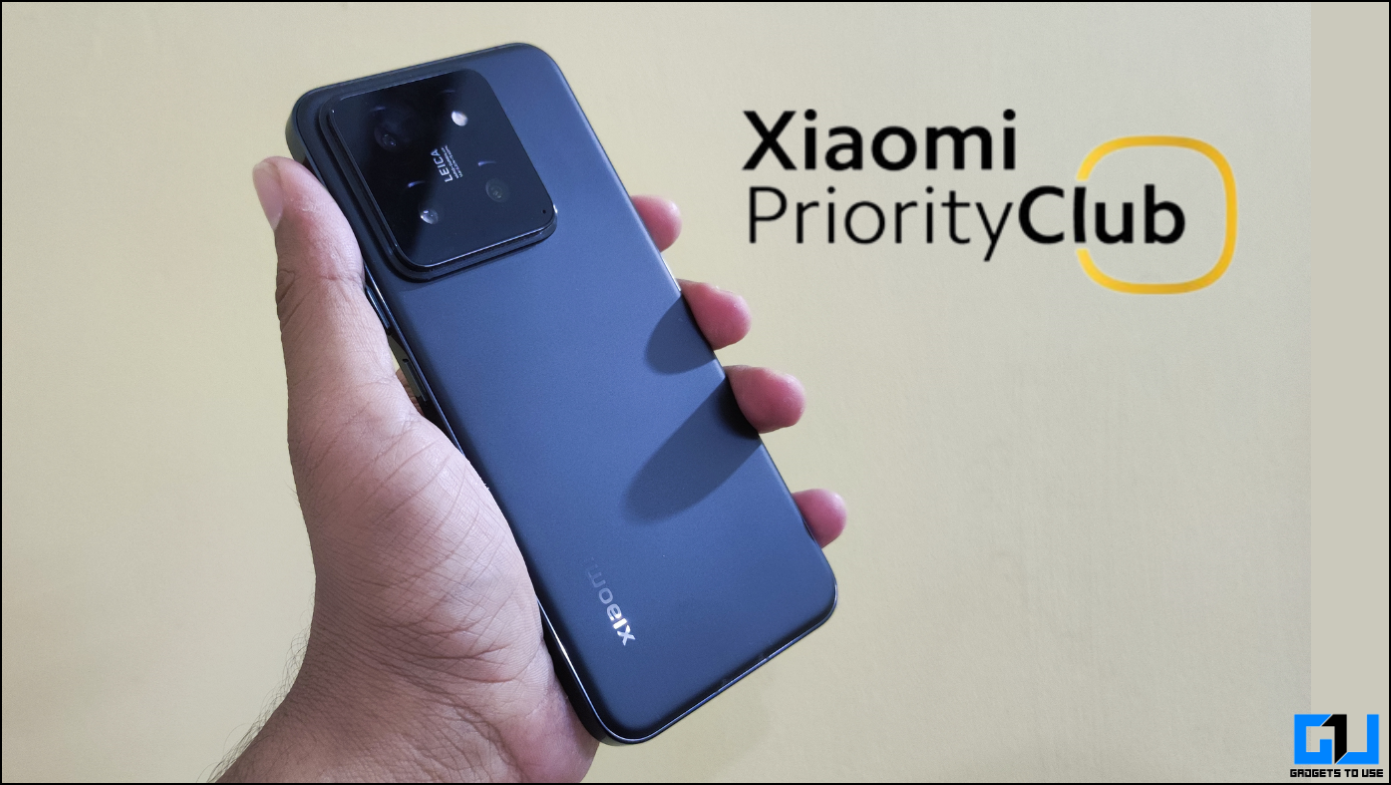Lenovo today launched the Phab 2 Plus in India. The device has been priced at Rs. 14,999. The device comes with augments reality (AR) mode in the camera app. The Lenovo Phab 2 Plus will be sold exclusively by Amazon India. The device comes with a 6.4 inch full HD IPS LCD display.
Considering the size and the price, the Phab 2 Plus will compete with Xiaomi Mi Max. The Mi Max comes with a 6.44 inch full HD IPS LCD display and is powered by a Snapdragon 650 processor. Let’s take a look at both the devices.
Lenovo Phab 2 Plus vs Xiaomi Mi Max Specifications
[table id=716 /]
Design & Build
The Lenovo Phab 2 Plus features a huge 6.4 inch display with 73.5% screen-to-body ratio. The Phab 2 Plus comes with a metallic body and overall dimensions of 173.9 x 88.3 x 9.6 mm. The Phab 2 Plus weighs 213 grams. With a thickness of 9.6 mm, the Phab 2 Plus, feels too big to hold.
Xiaomi Mi Max features a large 6.44 inch display with the latest Corning Gorilla Glass 4 protection and 74.8% screen-to-body ratio. Mi Max has a metallic body with overall dimensions of 173.1 x 88.3 x 7.5 mm. Even with a 6.44 inch Display and 4850 mAh Battery, Mi Max, weighs just 203 grams, moreover, it is just 7.5 mm thick.
Display
The Lenovo Phab 2 Plus features a 6.4 inch full HD IPS LCD display with a resolution of 1920 x 1080 pixels. The device comes with a pixel density of ~344 PPI. it comes with 2.5D curved glass.
The Xiaomi Mi Max features a 6.44 inch full HD IPS LCD display with a resolution of 1920 x 1080 pixels. The device comes with a pixel density of ~342 PPI. The device comes with Corning Gorilla Glass 4.
Both the displays are similar to each other. As the Xiaomi Mi Max comes with Corning Gorilla Glass 4 protection, it seems to be a better choice.
Recommended: Lenovo Phab 2 Plus FAQ, Pros & Cons, User Queries and Answers
Hardware and Storage
The Lenovo Phab 2 Plus is powered by an Octa core 1.3 GHz Mediatek MT8783 processor clubbed with 3 GB RAM and 32 GB of internal storage. Storage on the device can be further expanded up to 256 GB via microSD card.
The Xiaomi Mi Max is powered by an Hexa core Qualcomm Snapdragon 650 processor clubbed with Adreno 510 GPU. The device comes with 3 GB RAM and 32 GB of internal storage. The storage on the device can be further expanded up to 256 GB via microSD card.
Both Phab 2 Plus and the Mi Max come with hybrid SIM slots. It would have been better if the companies used dedicated microSD card slots.
Camera
The Lenovo Phab 2 Plus features dual 13 MP camera with f/2.0 aperture, laser & phase detection autofocus and dual LED flash. The camera comes with features such as geo-tagging, touch focus, face detection, HDR and panorama. On the front, the device sports an 8 MP secondary camera with f/2.2 aperture.
The Xiaomi Mi Max features a 16 MP primary camera with f/2.0 aperture, phase detection autofocus and dual LED flash. The camera comes with features such as geo-tagging, touch focus, face detection, HDR and panorama. On the front, the device sports a 5 MP secondary camera with f/2.0 aperture.
Battery
The Lenovo Phab 2 Plus is powered by a 4050 mAh battery. The Xiaomi Mi Max is powered by a much bigger 4850 mAh battery. What’s disappointing is that neither of the devices support fast charging. Charging the devices will take a lot of time.
Pricing & Availability
The Lenovo Phab 2 Plus has been priced at Rs. 14,999 and will be sold exclusively by Amazon India in Gunmetal Grey and Champagne Gold color options.
The Xiaomi Mi Max has also been priced at Rs. 14,999. The device is sold by Mi.com in Gold, Silver and Dark Grey color options.
Conclusion
It is a close battle between the two devices. The two major differences are the camera and the processor. The Mi Max comes with a better Qualcomm Snapdragon 650 processor while the Lenovo Phab 2 Plus comes with the better camera. The Mi Max also comes with a bigger battery. Both the devices are excellent and you can choose the device that suits you better.




